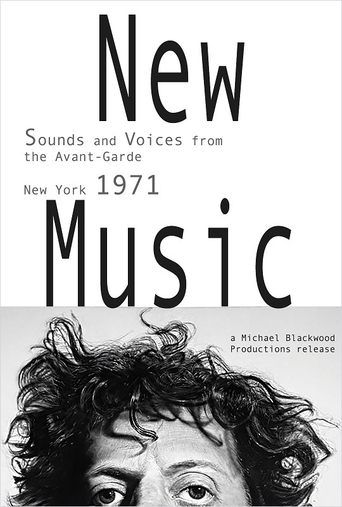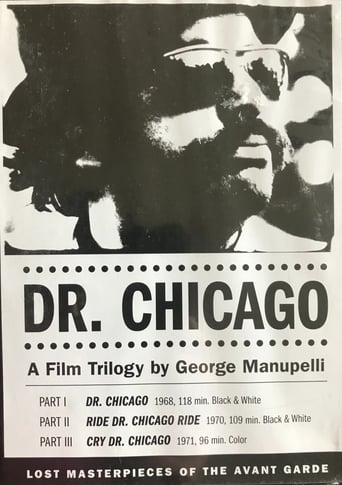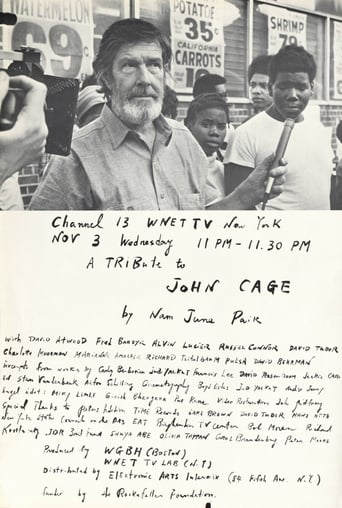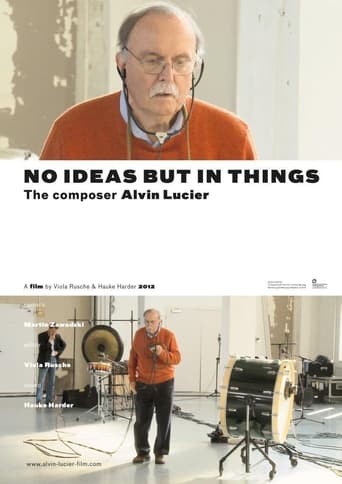With participation of John Cage, Earle Brown, David Tudor, Gordon Mumma, David Behrman, Max Neuhaus, Morton Subotnik, Phil Corner, Joe Jones, Alvin Lucier, Steve Reich, Philip Glass, Ben Patterson, Wolf Rosenberg In 1971 we produced, in association with West German Television, a documentation on New York’s musical avant-garde. It was broadcast only in Germany at the time. By 2010, after nearly 40 years, it seemed desirable to recycle the performances and interviews with the composers and to create a revealing look back to those years for English-speaking New Music fans. The film offers valuable insights into the nature and issues of advanced composition at the beginning of the 1970s.
Documentary






